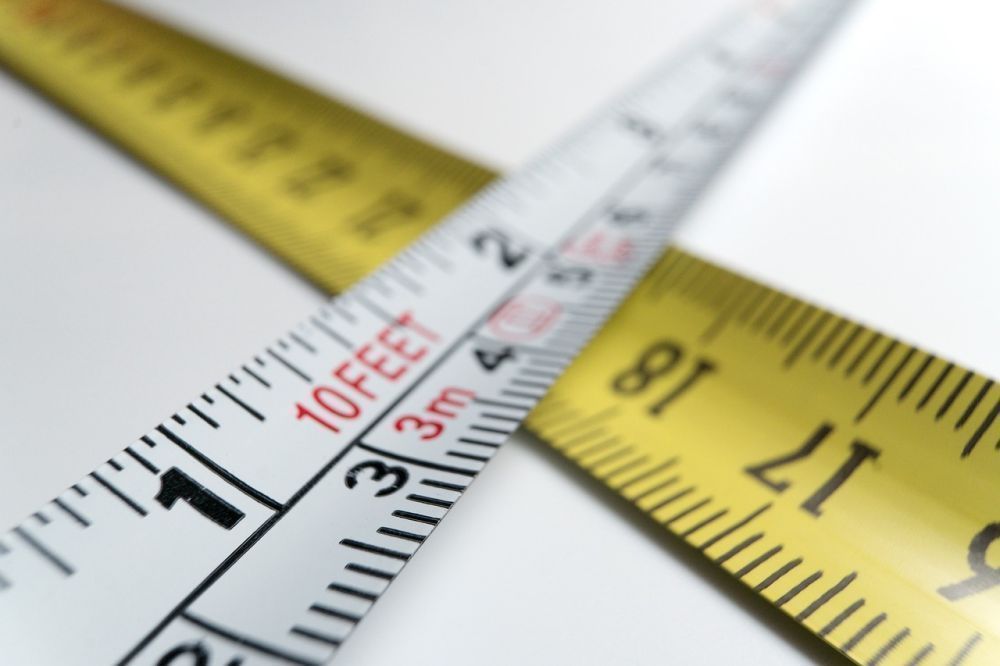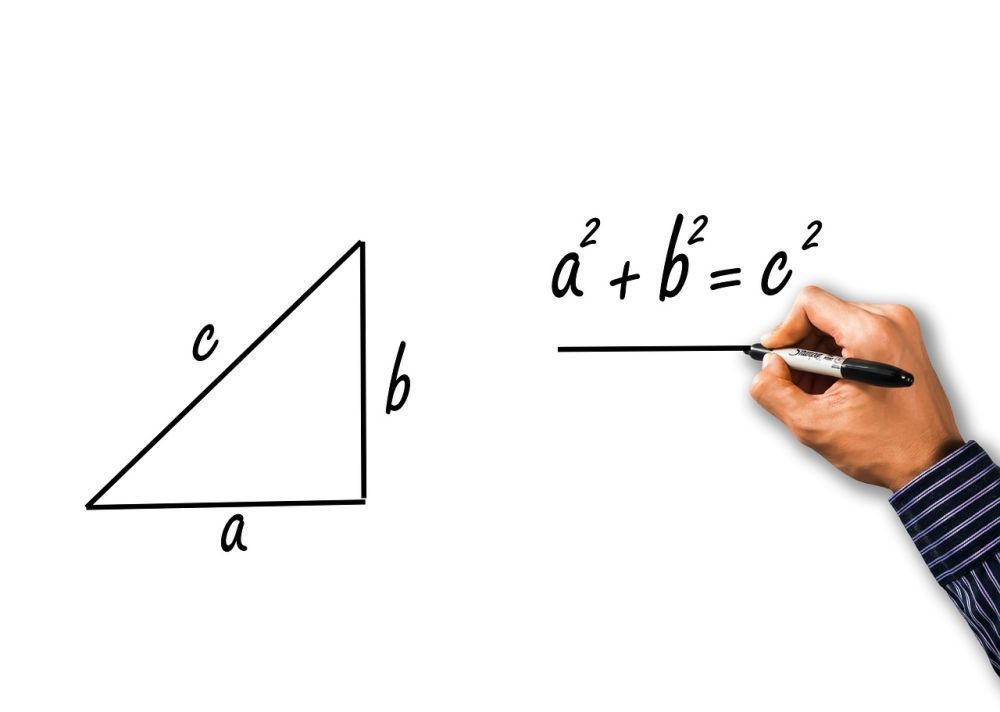
What Is Linear Feet and Why Is Fencing Measured This Way?
If you’ve recently got a fence quote, you might have noticed that the fence is measured in linear feet (or linear meters, depending on where you are and which measurement system you use!)
If you’re wondering what linear feet are and why fencing is measured this way, you’re in the right place. Here’s what you know about how fencing is measured and why the figure on your quote might not be the same as the one on your site plan.
Why Is Fencing Measured In Linear Feet or Meters?
In the construction world, everything needs to be measured so that estimators, quantity surveyors, architects and engineers can quantify what work is being done, what has been done, and what should be paid for. This also helps fence estimators to provide accurate prices for projects they are quoting or bidding on.
In some cases, those measurements are in square meters or square feet, and in others, like concrete or excavations, it’s usually in cubic feet, cubic yards or cubic meters.
Fencing, for the purposes of measurement at least, is usually considered a two-dimensional item. The quantity of fence will increase the further it goes, but it doesn’t really have depth or breadth to measure.
When fencing is priced this way, the price may be given as a per-foot rate, but that rate is made up of all the posts, rails, structural components, fittings, mesh, wire and other parts, as well as the labor to install them, divided by the total length of the fence. This is why, if your fence line layout changes, there might be extra costs for additional posts or other items.
How Is Fencing Measured?
The best way to measure a fence is usually to walk along the line with a measuring wheel that will give you accurate dimensions in feet or meters.
Sometimes, shorter fence lines might be measured with a long tape measure, and there are some digital options that might be used to capture the dimensions of each fence line.
Why Does the Linear Footage On the Quote Not Match the Dimensions On Your Site Plan?
Sometimes, you might notice that the linear footage or linear meterage on your fence quote does not match the dimensions on your site plan. The reason is mathematical – Pythagoras, to be more precise.

As you probably know from high school geometry, the length of the hypotenuse of a triangle is longer than both of the other sides.
Fence plans are typically dimensioned in plan view – which means slopes and angles are not taken into account. If, however, your fence has to be installed on sloped ground, it will actually be longer than the plan dimensions you have. How much longer depends on the angle of the slope.
This is also why it’s so important that fence companies complete a site visit before they quote your fence project. They’ll be able to take accurate measurements and take any other factors that might affect the price into account, so you don’t get nasty surprises later on!


